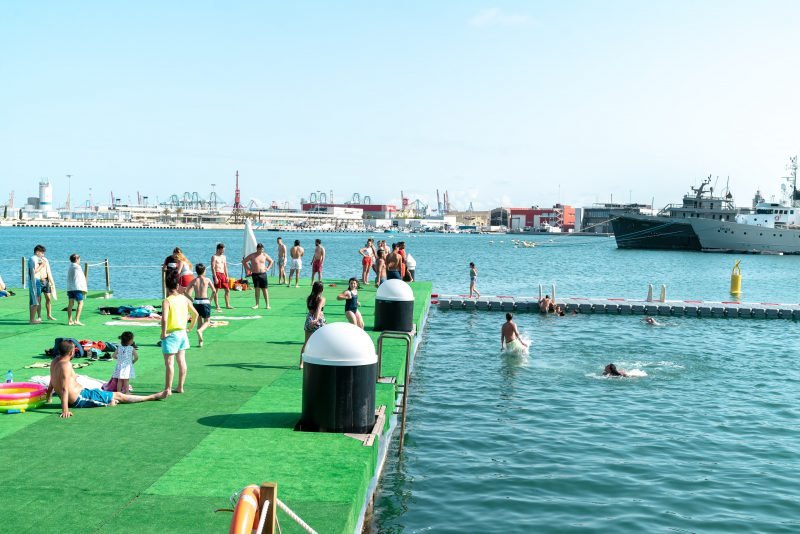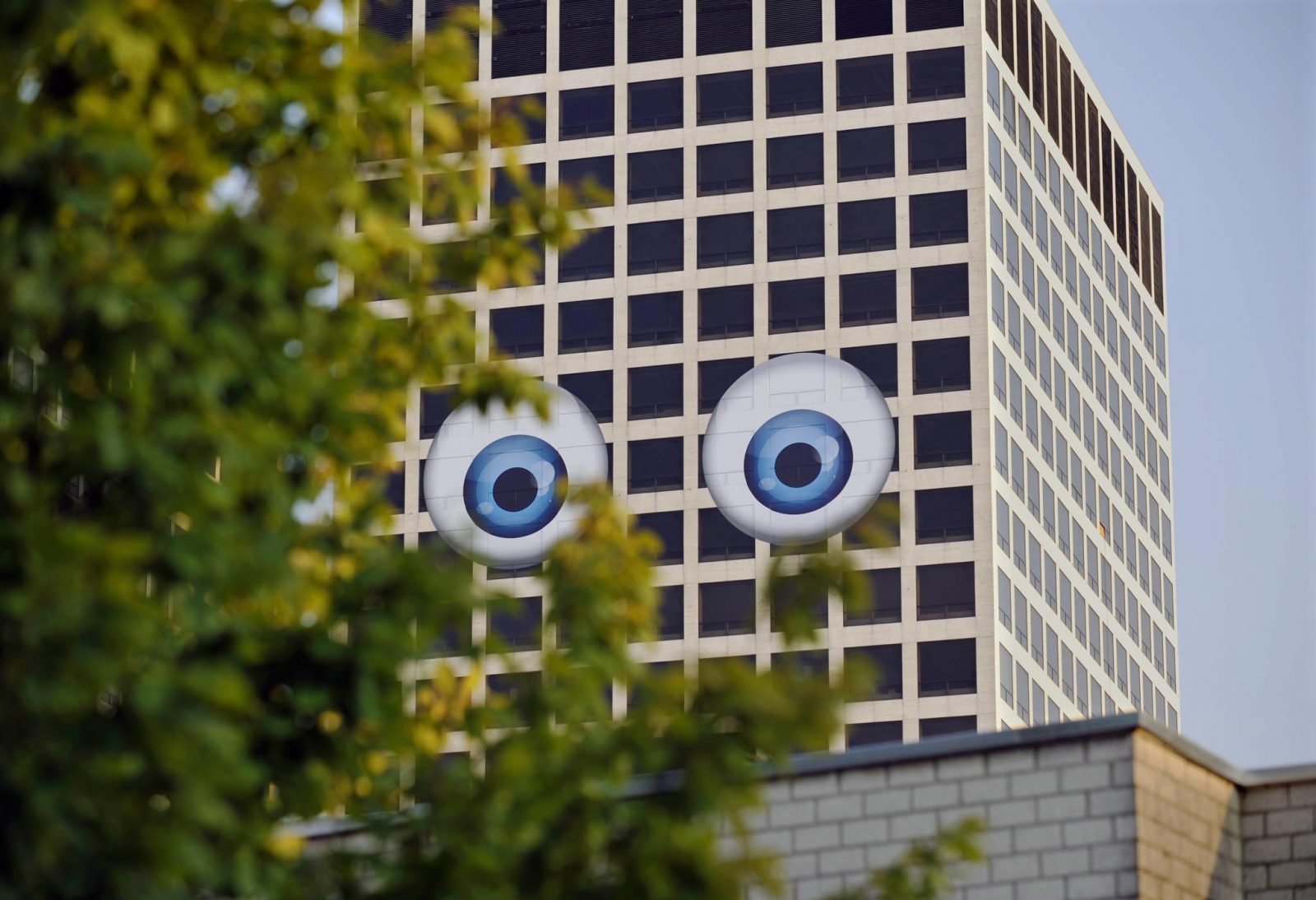Bringing New Life Into A Slaughterhouse
Antwerp-based urban design office NDVR (pronounced as ‘endeavor’) is working on the redevelopment of the Slaughterhouse site in the city’s Damwijk district. Their continuous search for a new role of the urban planner in contemporary society got them involved with Stadsklas, a program on DIY urbanism hosted by Stroom The Hague. We spoke with Tim Devos and Seppe De Blust, both from NDVR, about how you could use problems to make a change.
How did you become involved with the redevelopment of the Slaughterhouse site in Damwijk?
“NDVR was involved with the Slaughterhouse site by the local neighborhood association of Damwijk. Since last year, the inhabitants have been organizing themselves in a neighborhood committee in response to the ambition of the city to start redeveloping the old Slaughterhouse site, and to brainstorm together with professionals about the future of their neighborhood. The committee asked us to help them to streamline the transformation process in a constructive and creative way.”

“Our office NDVR has been working in the neighborhood for eight months now. We’re mapping out the spatial and social qualities and the existing social networks of the area, involving different local actors. It proved important to regularly visualize the different outcomes to reach and involve other local inhabitants and actors. Together with 11 international students of the University of Leuven we have created a social and spatial toolbox for the area. The intensive presence of the students in the small neighborhood of just over 4,000 people managed to capture quite some attention. The output of the explorations up to now has been captured in a booklet.
At this moment NDVR is refining the collected information, based on several workshops, which will accompany the formal project definition and used as input by the design offices taking part in the competition. This way we aim to establish a sustainable process, already before the project definition and the masterplan design competition. The project of the Slaughterhouse site will take six years and we’re looking for a way to be involved over the entire process.”


How would you describe your role within the urban field of today?
“NDVR thinks that the urban planner should be involved early in the spatial development process. Time pressure often results in less interesting projects with unsatisfactory spatial qualities. By talking to the various actors we aim to inspire them to get out of this fixed mechanism. Neighborhoods are constantly changing and in the design field people are starting to acknowledge this continuity of change, respond to it and take on a more open attitude. Creating a fixed vision for an area is becoming less important than actually adding value.
At the moment there’s a noticeable transition in the sense that urban projects demand more flexibility, more actors are involved and the overall context is becoming increasingly complex. Especially in Antwerp more and more bottom-up neighborhood initiatives are being established and professionalizing. It’s because of these conditions that NDVR exists and is able to work successfully as a third party: between neighborhood and city, between designer and owner, between project and participation. Therefore, a flexible position is important. The project of the Slaughterhouse site actually gives them the chance to explore this position, the skills needed and how to sustain this role.”
What is your specific approach being the ‘third party’?
“As founders of the office we’re not educated in process management, but we aim to fulfill the role of the third party based on their spatial background, in a design-focused way, by combining architectural, urban and sociological knowledge.
They have a different approach compared to traditional design offices. Existing local dynamics and opportunities, rather than problems, are the starting point for our work. Through mapping, workshops or interventions we try to capture, understand and empower local stories. Many design agencies do not yet see the importance of participation, since designers and local inhabitants or social organizations often speak a different language. NDVR wants to translate local knowledge into useful input for the design process. In this way we want to connect formal and the informal processes. We create social value (inhabitant) together with qualitative design (designer), within a fluent process (developer).”

“Nevertheless, this in-between role has an explicit spatial focus; we’re not a communication agency. Through realizing small projects with short-term results, we stimulate neighborhood initiatives and build credibility. We believe that one can influence society and make a change by creating space. The traditional design agency should definitely remain, in our opinion, but besides this design-oriented role another role has to be fulfilled as well — you should be capable of inspiring others, mapping spatial dynamics and connecting different networks. This role acquires some important skills.”
You’re one of the guides of Stroom’s Stadsklas, that will continue in October. Why should people come to your session in Antwerp on October 9th?
“This Stadsklas session is particularly interesting for spatial professionals who are not satisfied with the traditional system of urban development, searching for a new position and an alternative approach in relation to spatial processes of change. Also for those who are frustrated about a planning process which needs to be regenerated again, in search of a way to reopen the process. You will be challenged to reflect together with NDVR on the changing role of the urban professional; we need you!”



